The recall of CableMod adapters points to persistent problems with the 12VHPWR/12V2x6 connector, but also to the issues of the whole debate
Yet again, reports of melted 12-pin power connectors and damaged GeForce graphics cards are coming in – this time involving hundreds of CableMod adapters – and with that, the debate about whether the 12-pin is dangerous is back. Unfortunately, it’s full of black and white arguments that are pretty much off the mark. We will try to point out such fallacies. The issue is in fact much more complicated than the positions usually taken on it.
In last week’s news, it was reported that 12-pin (or more accurately 12+4) power connectors referred to as 12VHPWR, but sometimes also ATX 3.0, PCIe 5.0 connectors are still a source of problems. The issues emerged right after the release of the GeForce RTX 4090, and didn’t stop completely even after insufficient insertion was determined to be the most likely cause, which hopefully advised users to be careful about it of ever since. Now, CableMod has announced that it has has recorded over 250 cases of failures with damage to additional components caused by its own adapters alone and is recalling them off the market. The debate has (like the connectors, one could say) reignited, but unfortunately suffers from a host of problems of its own.
There are a lot of unrealistic perspectives in this discussion. On the one hand, there is overstating or inflating the problems, or making categorical judgements, but on the other hand, we have downplaying or not acknowledging problems that are actually real.
272 failures on a sample of 25 300 cables
So what is the new information? CableMod, through the U.S. Consumer Product Safety Commission, has initiated a recall of its angled adapters for GeForce graphics cards power delivery. With these, the power cable direction could be rotated 90 or 180 degrees. This was seen as something that should improve reliability, as apparently bending the cable next to the delicate 12+4-pin connectors in particular can cause problems.
But unfortunately, it turned out that the CableMod adapters themselves then led to problems. This is despite the fact that the company, for example, used a wire-free design to avoid inflicting tension on the contacts from the wire bends. The problem eventually occurred elsewhere: according to the report, the male connector in the graphics card port could become loose, and the increased contact resistance then led to overheating and even burning and melting of the adapter and sadly the female connector on the card with it.
The company, or the Consumer Product Safety Commission, which is handling the recall, says it has recorded 272 cases of problems, or outright meltdowns, where users’ graphics cards have been damaged. Typically, the cards involved are GeForce RTX 4090s, which makes sense since that is the GPU that heats up the connector most due to the high current pulled through it. The damage amounted to 74,500 USD. This is in the context of “more than 25,300 units” of adapters sold, that will be recalled.
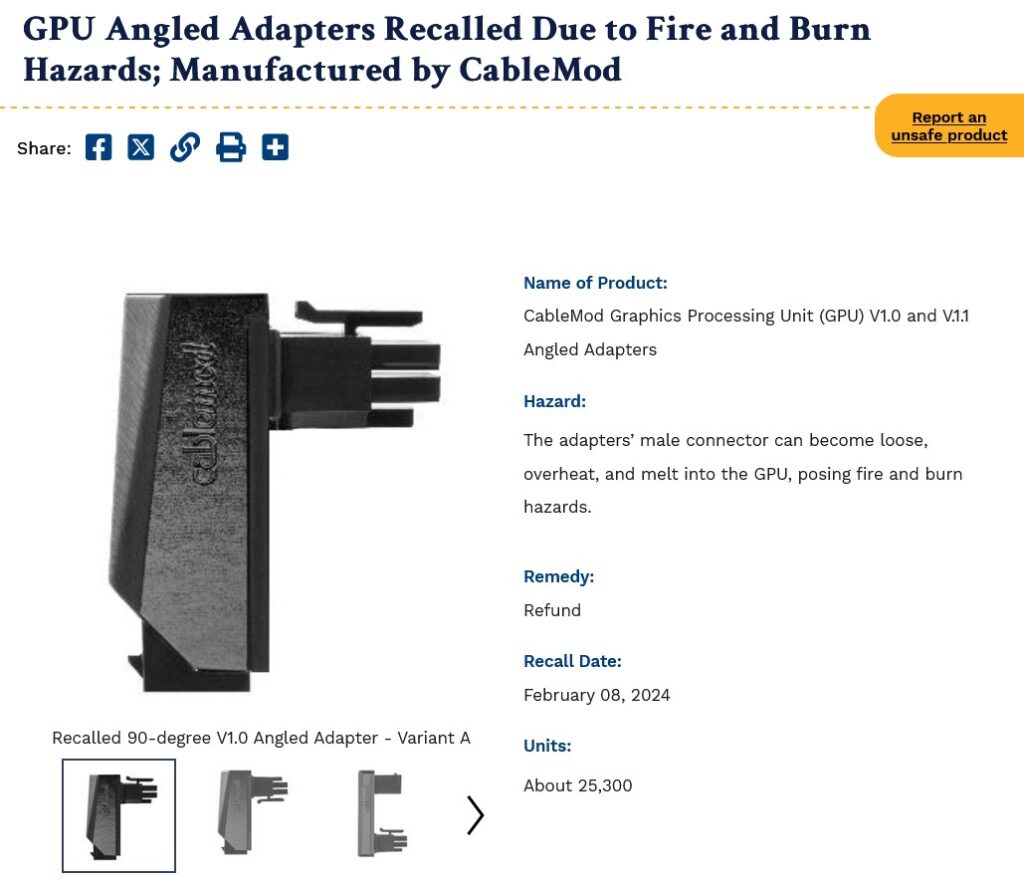
“There aren’t that many problems?”
The first thing that deserves objections is the notion that this number of failures (more than 1% – for now that is) is actually “quite low”. It is not, if only because it has led to an across-the-board recall from the market. It will generate a sizeable loss for the manufacturer because it is refunding all buyers. One adapter cost 40 USD (so that makes over a million dollars in total), the company offers an alternative of 60 USD credit on purchases of its other products. This is going to be quite a blow to the smaller company, I think it’s pretty unlikely that the vendor was exaggerating the problem itself to create publicity, with the the screw-up not really being that serious (as some doubters could object). In addition to the direct cost of the refunds, there’s the fact that the manufacturing costs of the initial production aren’t getting paid, as well as the cost of distribution and advertising of the recalled goods. And this also gave CableMod a reputation problem.
“But other adapters weren’t recalled?”
Of course, this is a failure of only one particular product (even though it is made in two variants). CableMod continues to sell other types of 12-pin cables. However, this does not mean that the incident can be completely ignored. Naturally CableMod will not promptly cancel its entire 12VHPWR portfolio at once, because the economic damage would be even worse. This very high incidence is only related to a specific product (we don’t know how common the problems and complaints are with others).
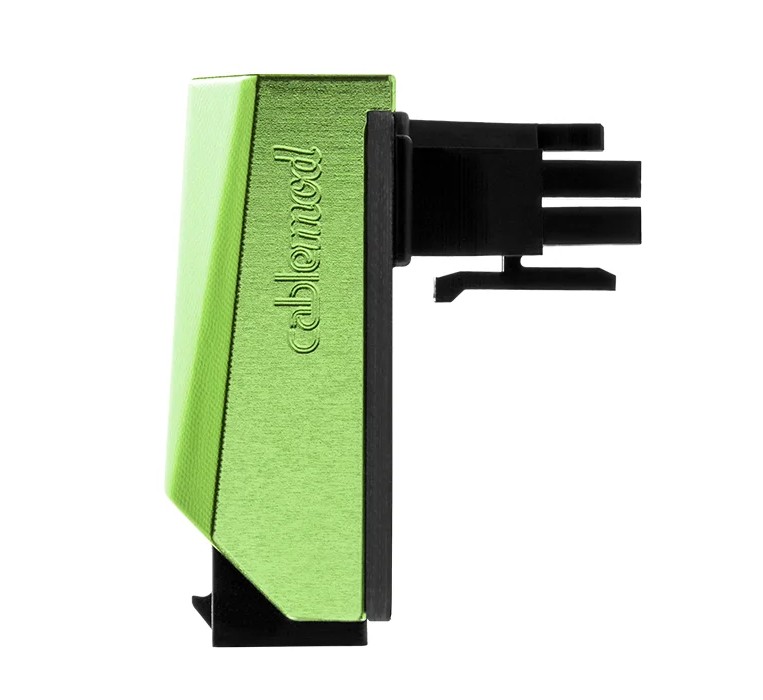
But those issues are is still due to the use of the 12-pin connector technology, which probably contributes to the problems somehow. It is therefore appropriate to accept this latest episode into the pool of experience with 12-pin connectors and take the lessons from it. Did these adapters use components with inadequate quality control? Could the design of such an adapter, combined with the parameters of the 12-pin connector, create failure factors? If so, then the same thing can occur with other manufacturers and should be seen as a risk that is not at all just a CableMod-specific issue, but must be monitored and addressed in some way in general so that the incident does not repeat with other products.
“Greater safety margin would cost a lot of money, trust me you don’t want that?”
The other objection I registered is roughly along the lines that the 12pin has its reliability set just right, and the fact that 8-pins have far fewer problems recorded (if there are even any at all – admittedly, there are virtually no reports of meltdowns and GPU damage caused by the traditional 8pin power supply design) is supposedly not actually a good thing. This reasoning claims that 8-pins have a ridiculously large safety margin that is completely unnecessary and, by this design, undesirable because it makes the product more expensive for all customers, and so on.
I think this is misguided. Construction industry is often used as an analogy, and indeed the 12pin issues concerns user safety, which makes the comparison not entirely off. In construction industry, however, it is never the case that you leave no margin due to an “unnecessary” margin in the load-bearing capacity and strength of a building making the investor poorer. On the contrary, a margin always has to be factored in, if only because you have to take into account the possibility of uneven material quality, hidden defects in bricks, trusses or other parts, etc. The engineer will also adapt the size of the margin to the needs of the particular use case, but he will certainly not eliminate it. In fact, the issue is something else – the question is how much safety margin to leave, not whether or not to have it at all.
And this is certainly the core of the problem with the 12-pins. Their parameters also leave some margin. But reported incidents suggest that at least in some circumstances, either due to the nature of the usage (poor installation, cable bending and tension of the wires against the connector) or inconsistent manufacturing quality, this margin may not be sufficient. It is, I think, a perfectly legitimate debate as to whether the margin should be increased.
Tip: 12VHPWR cable thermal imaging: Different PSU, different temps
In addition, there is another pitfall to this argument. It’s a mistake to even operate with the idea that the extra safety margin makes the product more expensive and somehow you suffer significantly as a customer because of it, so it’s actually fair game that 272 cards will be destroyed or damaged, because it will save so and so much money on a mass scale. But such an argument is meaningless unless you have actual numbers in your hands to show that the economic cost is really that significant. In fact, the idea is probably vastly exaggerated. In the case of a connector on a graphics card, we are in a very different than in the case of construction, where a safety margin means adding significant masses of concrete, iron, and the price really goes up with every extra percentage point because the weight (volume of material) of the whole building goes up and the costs tend to snowball.
This won’t be the case with a graphics card connector at all. If you look at, say, three eight-pin connectors that could alternatively power a GeForce RTX 4090 instead of a 12-pin, these are actually fairly basic and cheap components and their price will be almost negligible compared to the whole bill of materials. And more importantly, the cost of the rest of the design is not affected much. There’s plenty of room on the PCB with most graphics cards, so space saving doesn’t really play a role. There’s one exception with the very dense and compact PCBs of the Founders Edition graphics, but that’s Nvidia’s design choice and arguably it’s the density choice in the first place that makes the whole PCB expensive.
Actually, there is also a decent chance that the more modern 12+4 connector actually costs more (even if there is only one installed instead of multiple 8-pins), so the argument might even be completely off. It’s similar to USB-C – this connector can transfer higher speeds than USB 3.0, but it’s also more expensive. The 12-pin design is more advanced, it’s not a design that’s been established and manufactured everywhere for 20 years. If that’s not enough, the fact that tighter manufacturing tolerances and more careful quality control will have to be applied due to the delicate nature of the connector could probably already raise its price above the level of 8-pin connectors.
Personally, I think that in our case, the argument about cost versus safety margin argument could be turned around: The supposedly “unnecessarily large margin” of the 8-pin connector is likely pointless to eliminate (and nobody really tried to do that), because there isn’t much opportunity to save money on that anyway. In the end, the large safety margin that it has also means that you don’t need to be so careful about quality control and production processes. It’s quality likely that just the fact you can buy the connector anywhere in China without worrying about the quality much and it will still be safe, is what makes it much cheaper to use in the end, compared to a hypothetical “cost-cut” alternative with lowered safety marging that would however require you to put tighter quality control mechanisms in place during production.
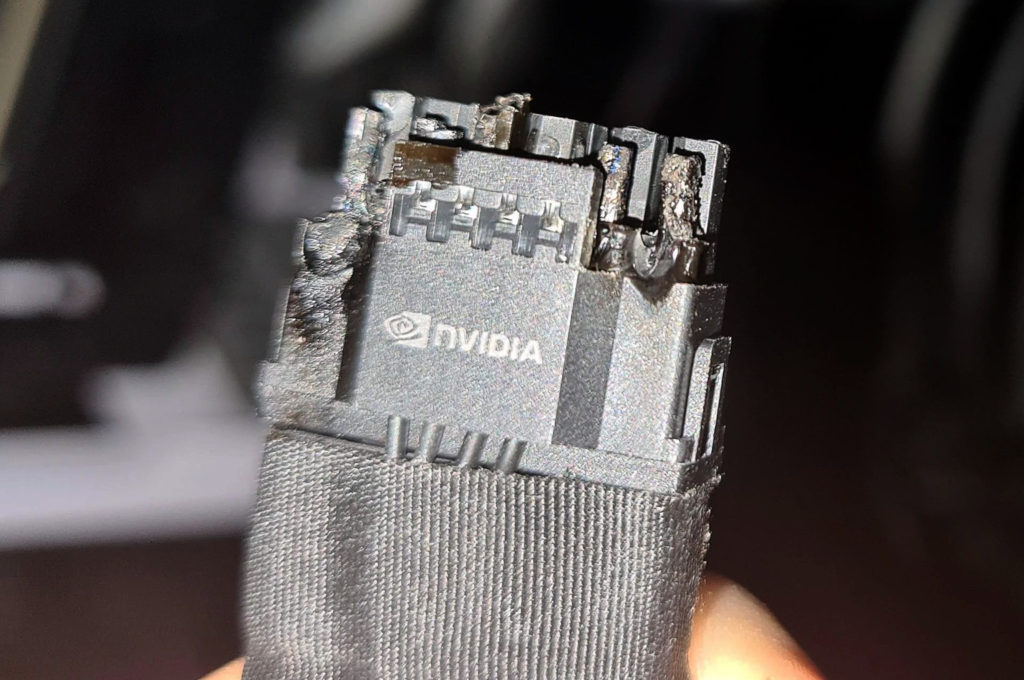
“Don’t 8-pins fail too? Isn’t the whole reliability drama just an illusion?”
I’ve also heard the objection that the whole 12-pin affair might be artificial and overblown. The explanation offered here is that perhaps the story of the failures is made up by fans of the other side. However, that can hardly explain all of the cases. And even if half of them were made up like that (which I would already consider unlikely), there is still way too many incidents remaining.
In comparison, there don’t seem to be many cases where a traditional eight pin connector has been damaged or melted in a similar way. Yet one could similarly argue that the other side’s fans should have an incentive to make up such stories now (the fact that those stories aren’t appearing may be a clue that the doubts about large number of testimonies around the 12pins being falsified might also be overstated). People could be making up stories about failures a lot on anonymous forums, but when we’re talking about the CableMod incident, where there are specific warranty claims associated with the reported cases, most of the reports are likely real.
“12-pin is totally wrong, braindead, what sort of idiot came up with this?”
Personally, I have to say that my trust in 12-pin power supply is somewhat shaken now, and if I were to use such graphics card, it would probably lead me to check the connector and such more often (whereas with the dual 8-pin power supply on my currently installed Radeon graphics, I wouldn’t even think of doing that). It’s probably a pretty natural reaction for people who tend to be risk-averse and hate prospects of having to deal with unexpected problems. More carefree-natured individuals might not feel bothered at all, though.
Precisely because some doubts will inevitably arise, the issues experienced with the 12-pin power connectors must not be plainly ignored, they should be addressed responsibly. Which, for example, is already happening in the case of modification of these connectors to prevent the insufficient insertion issue and hopefully there will be a corresponding response from the quality control teams and procedures and the manufacturers will study how to improve the designs of the 12-pin connector components they make.
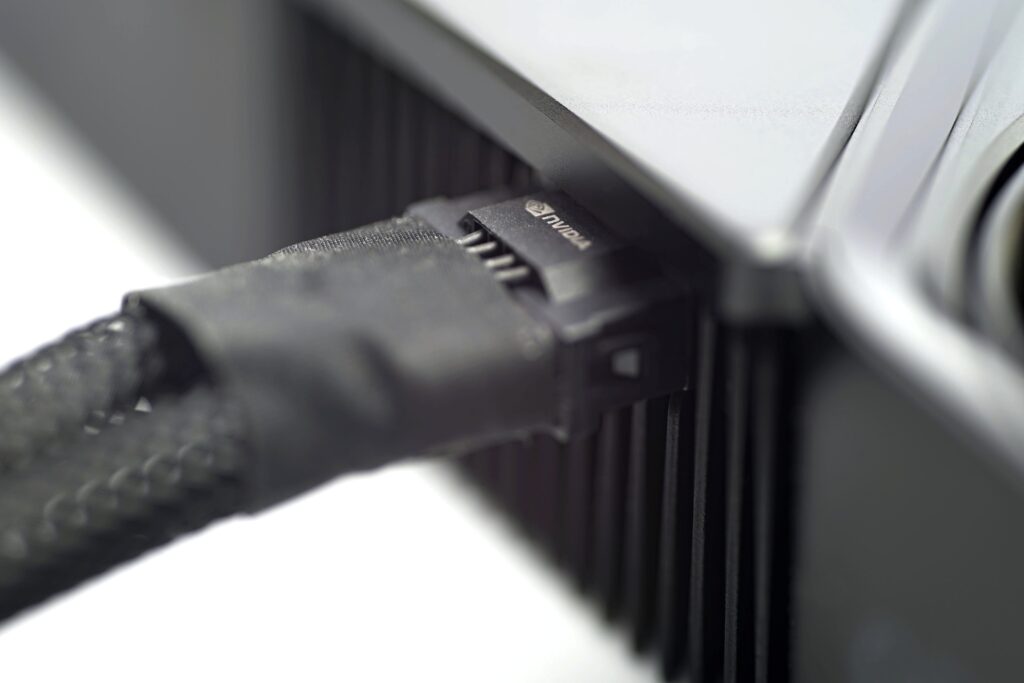
But this does not mean that the strong opinions saying that this new connector is fundamentally flawed, designed by a complete idiots and so on are valid. As is often the case with simplistic views (and simplistic “solutions” to problems), this is also misguided. Issues like these tends to be in details or in some aspects of the subject, rather than permeating the entire technology from start to finish.
The connector used does not in itself have any design flaws or conceptual errors. The problems seem to stem purely from the fact that it can get outside of the “envelope” it can handle in operation (i.e. it is too weak for this application). It would be a good idea to study whether this overloading is happening already due to temperatures that are in typical proper use (if the connectors reach temperatures that are too high even in perfectly normal use, the we clearly have the issue of insufficient safety margin), or whether this only happens in abnormal situations, for example due to deformations induced by bending of the cable and the actual problem is actually that it is way too easy to get the connector into these abnormal situations (i.e., non-standard conditions for which the margin is not designed occur too easily). Determining which of these is our main issue is not something for this article to answer, though.
Increase the safety margin could absolutely be part of the solution though. It’s possible that the increase doesn’t even have to be large and just a modest improvement would still be enough to make the problems disappear. The question is whether some new reinforced versions of the connectors will be needed for this, or whether the only remedy needed is adhering to better quality control while keeping the current design specification. It’s possible that the average produced 12-pin connector has perfectly sufficient margins and all the issues are causes just but some small portion of individual manufactured units that are poorly made, with faults in the pins, receptacles or the assembly. If so, then perhaps the only remedy needed is to ensure the manufacturing quality is more consistent (and testing to catch the faulty units), without any design changes being needed.
It is quite likely that the voices maintaining that we don’t need to abandon the 12-pin technology and it can be salvaged despite the issues that have been reported in practice, are in fact correct. Even if some changes may end up being necessary. They are likely correct when denying that the whole 12-pin design is conceptually flawed and unsalvageable. We just have to make sure to address the issues reported instead of hand-waving and denial.
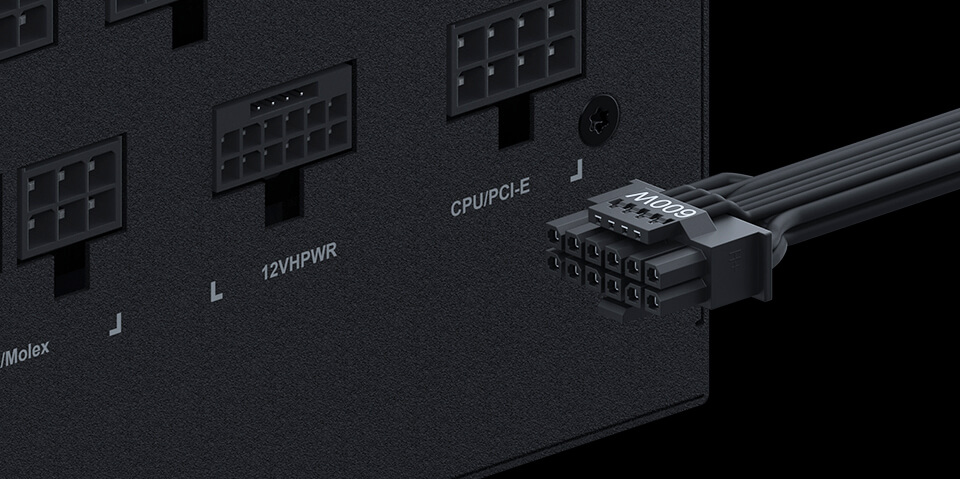
Generally speaking – it would be good to stick to a scientific approach, so to speak, that looks at empirical data (the failure rate, which is quite a bit worse compared to the 8-pins, that cannot be denied). And not looking for reasons why this data should be ignored. But at the same time, the criticism too has to be facts-based and grounded in reality. In the 12-pin debate, unfortunately, this is not being followed, hyperbolizing some things while playing down others.
Problems don’t necessarily mean the 12pin has to go
The 12-pin situation could perhaps be illustrated by analogy with the SSD world, specifically TLC and QLC NAND. TLC NAND memory actually have a higher endurance (they can withstand more overwrites before they stop being reliable), so there is a real technical difference between the two alternatives that is well understood and more or less accepted. Strictly speaking, QLC is inferior in every way, except for manufacturing cost, and therefore price.
However, despite the fact that QLC NAND has demonstrably worse endurance, and one could argue that it is therefore less safe (for user data), these SSDs actually work as advertised and have their place in the market.
Note how the endurance problem of QLC NAND could be likened to the reliability or safety margin problem of the 12-pin GPU power connector. While the edurance of QLC NAND is worse, the assumption is that this memory still has enough endurance to be usable. However, care must be taken to ensure that the application for which the SSD is used matches these characteristics. For data storage, this is probably never a problem, it’s a legitimate question whether perhaps the endurance doesn’t become an issue due to, for example, web browsers and other applications writing surprising amounts of data on a daily basis these days. Combined with the swap problem, it may be a legitimate takeaway that a QLC SSD should not be used as a system SSD for operating system installation.
But it’s silly to argue that SSDs with QLC NAND should be banned and pulled from the market because of this. Just like it’s silly to dismiss the 12-pin connector altogether. But the opposite extreme where some fan of QLC NAND would start denying that there is any endurance difference at all between QLC and TLC NAND, is equally absurd. Something like that would be analogous to fans denying the existence of any problems with the 12-pin.
It also shows that defending the 12-pin connector may not be some black and white view. Even with QLC NAND and SSDs based on it, you can have people who will deny outright the reality of their decreased endurance, but also people who will simply point out that while that is undeniable reality, it doesn’t mean that these SSDs don’t have a right to exist (much like HDDs, which are also inferior to SSDs in many ways, but still have their uses).
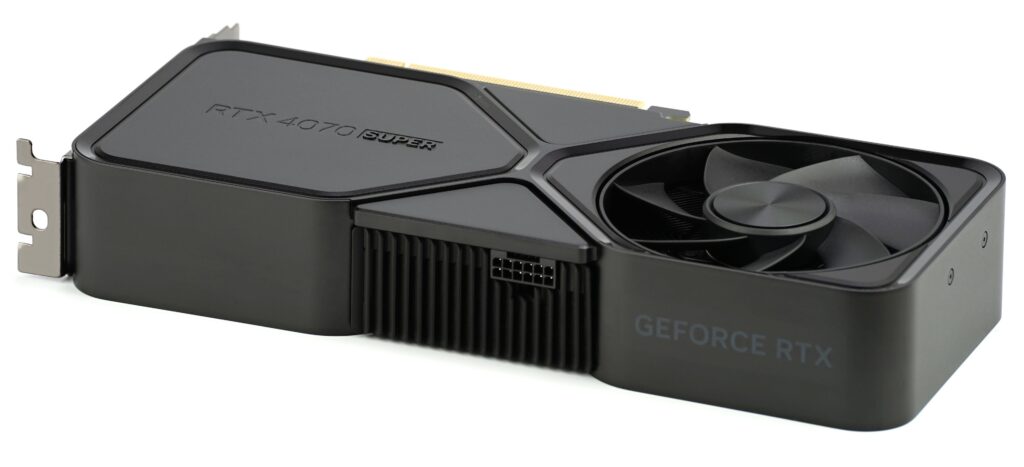
Is 12-pin needed at all? Do we or do we not have an alternative?
I have registered the opinion that there is simply no other way than the 12-pin, in the future. Or at least if we want to have 450–600W graphics cards, which would require too many 8-pins. It’s possible that this is the case, and we’ll just have to adapt to the fragility of the 12-pin similarly to howe we had to adapt to LGA boards where we have to be careful not to bend the pins in the socket (I recently had to fix a mildly damaged LGA socket, and while CPU pins are quite easy to fix, straightening the miniature and intricately shaped pins in the socket is very difficult and stressful thing to do).
Personally, I have to say I’m not so sure about this argument. Even if we accept the high power consumption of GPUs, then who’s saying it has to be handled by this particular connector? Alternatives could be found, and compared to the PCIe interface and card form factor, the power connector can be simply changed with something else from generation to generation. The 12-pin has already shown this, after all.
Note that even this argument could be looked at from the other direction – if Nvidia was forced to ditch the 12-pin and go back to 8-pins, would that even be a problem? Would it bother us that we couldn’t have those 450W to 600W graphics cards and the maximum would be maybe 350–400W with two or three 8-pins? Personally, I’d consider that an impulse that is more constructive than destructive, but opinions on that will probably differ.
Abandoning 12-pin connector is also not the only possible solution to the problems, if we already agree that it is a failure in its current form (i.e. that these problems are too significant). As CableMod’s adapter failure statistics show, it’s mostly GeForce RTX 4090s that have been damaged, as lower-end graphics cards take less current and cause less heating on the connector and port. And the amount of heat generated is the main factor here, reducing it could be enough to make the connector handle all the pathological scenarios that now lead to failures in GeForce RTX 4090 cards. It would extend the margin in the design to one that would already be sufficient.
So one solution could be to limit the 12-pin cables not to 600 W, but only to 300 W. It is possible that this would eliminate all the problems and we would still leave us with cables that can supply twice as much current to the graphics card as an 8-pin cable. Even those hypothetical 600W graphics cards would still only require two connectors ad cables, while “normal” cards consuming around 300W (which is currently everything below the RTX 4090 from Nvidia) would still be fine with just a single connector.
The only tragic thing about this would be that Nvidia would have to suffer two connectors instead of one on their Founders Edition design graphics cards. Which would be about as devastating a loss to humanity as Apple having to abandon the Touchbar replacement of function keys or their infamous butterfly keyboard notorious for often typing either too little or too much characters as well as being unrepairable (pardon the sarcasm).

The truth, as it happens, is complicated
The issue is more complex and not black and white. To sum up, it is not that simple with these connectors and there are more things to consider, which we have tried to do here. But you definitely can’t see it in black and white and a priori condemn the connector just based on the brand that introduced it (Nvidia anti-fan position). That would basically be saying that the connectors are unsuitable for any possible use in all circumstances, which is not true.
But at the same time, you have to be careful of the opposite approach, i.e. to defend this solution at all costs just based on brand, because you don’t want to admit the company could make a mistake (pro-Nvidia fan position). Especially in this case, where hardware can be damaged and there is probably even some risk of somebody’s house catching fire (although probably much less than with AC cables, which are often recalled in the laptop market due to fire hazard), people should really avoid downplaying such problems.
As it happens (very often, though there are exceptions), the truth is somewhere in between. There is no denying that the implementation of 12-pin power supply in GeForce RTX 4000 graphics cards have led and continues to lead to problems. It is appropriate to discuss how big these problems are, or better what exactly needs to be done to eliminate them in the next generation of cards. The fact that these problems are not negligible and cannot just be accepted as being par for the course or business as usual, is not exactly up for debate any more, in my opinion.
The PCI-SIG consortium, or rather mainly Nvidia, which was probably the leading driver in standardizing this power supply method, has also presented some solutions. So far it’s mainly a female connector change with shortened sense pins, which should reduce problems with insufficient insertion. However, it is not certain that this will be completely sufficient remedy for all the overheating problems observed.
It may well turn out that the problems that stem from deformation due to the bending of the cable wires will remain undressed by this, so further modification with more robust locking of the connector and a stronger fixation of the wires in the connector will be needed. But if the problem is that the safety margin is really too small, then logically the 12V2x6 modification will not solve the overall problem and the maximum current (wattage) of the cable will have to be reduced.
So here, too, it is necessary to leave the (expert) discussion open and watch how the problem develops, not just to take a pre-determined positions based on our fandom memberships.
Sources: VideoCardz, Consumer Product Safety Commission
English translation and edit by Jozef Dudáš
⠀





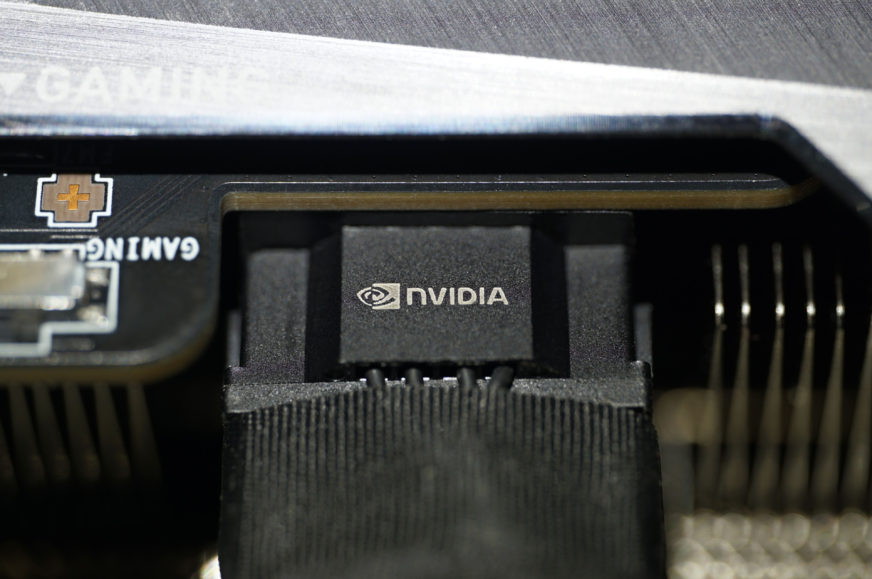



This article is simply bullshit. For most of the authors claims, there is no evidence, no data obtained under controlled conditions. This incredible ten-page product of graphomania masturbation contains nothing but speculation (mainly based on anecdotal evidence) leaving out the most important one: the adapter probably causes leverage on the connector.